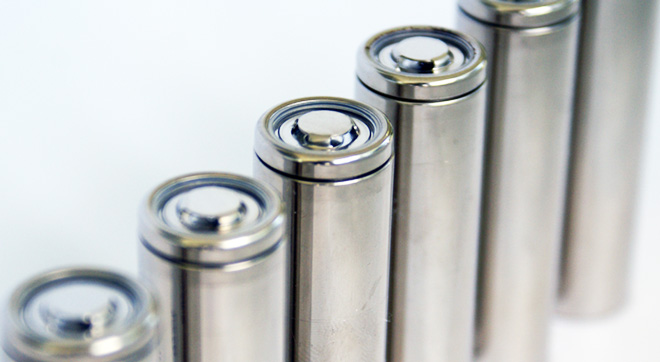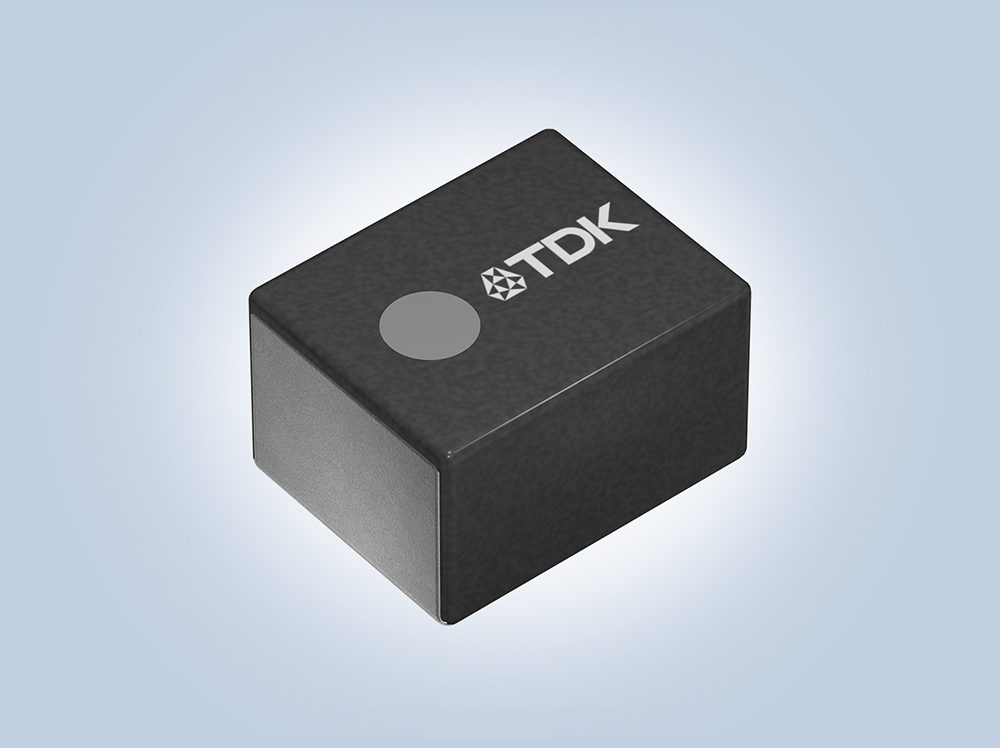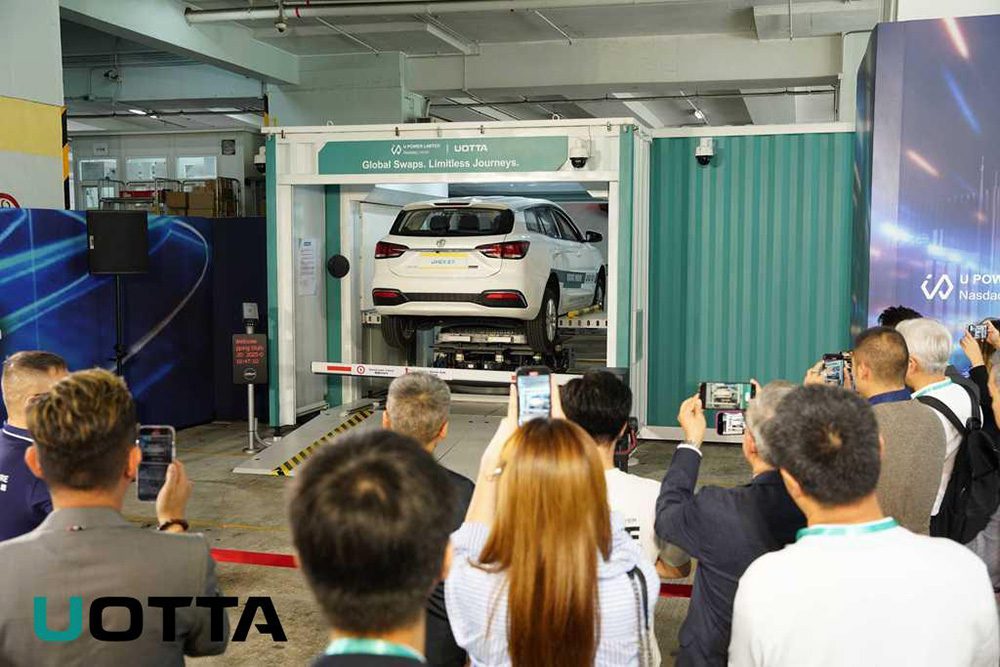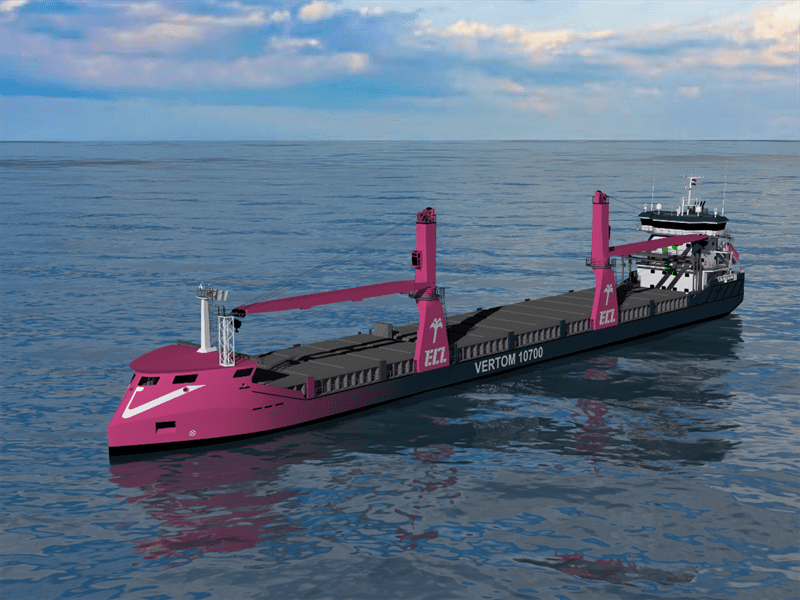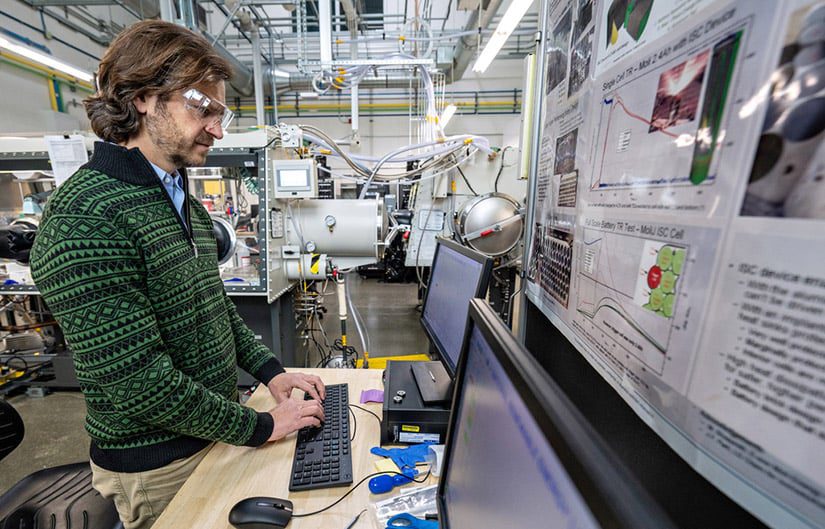The US Army Research Laboratory (ARL) and Brown University researchers have teamed up to study the solid electrolyte interphase (SEI) layer that forms on the anodes of lithium-ion batteries, with particular emphasis on experimental silicon anodes.
The Army is working to replace its alkaline and nickel-metal hydride field batteries with Li-ion batteries. “The Army is developing hybrid vehicles for use on the battlefield, and that means they will also use Li-ion batteries,” said ARL researcher Dr. Arthur von Wald Cresce. “Certain high-energy applications such as reactive armor and directed-energy weapons also seem suited for Li-ion batteries, although those technologies are still developing. We want to push the voltage of Li-ion batteries higher.”
Under the research agreement, Brown University will provide expertise in atomic force microscopy (AFM) data analysis, as well as synthetic tools and raw materials for making the silicon nanowires and other deposited structures to be analyzed. ARL will provide electrolytes for the in-situ portion of the atomic force microscopy studies, as well as expertise in the preparation of in-situ AFM samples and other types of surface analysis.
“Brown University is a good partner for research because they have specific expertise in the technique of atomic force microscopy,” said Dr. Cresce. “They have refined several interesting techniques that analyze the mechanical properties of surfaces using the atomic force microscope.”
The researchers hope to learn more about the SEI that forms on the surface of silicon and tin anodes, which change their dimensions significantly as a battery charges and discharges. In those cases, the SEI must “breathe” and move with the electrode surface – otherwise it will crack and fail as a protecting layer.
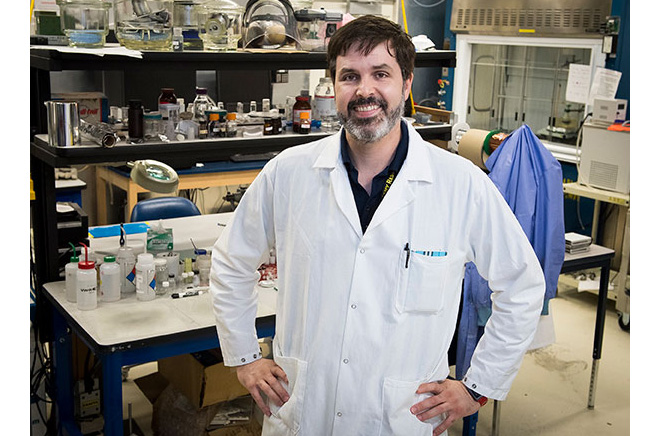 Army Research Laboratory scientist Arthur von Wald Cresce works in the Electrochemistry Branch. Cresce is also co-inventor of an electrolyte additive with the potential to increase lithium battery energy density by 30 percent. (U.S. Army by Jhi Scott)
Army Research Laboratory scientist Arthur von Wald Cresce works in the Electrochemistry Branch. Cresce is also co-inventor of an electrolyte additive with the potential to increase lithium battery energy density by 30 percent. (U.S. Army by Jhi Scott)
ARL has had a few key successes, including SEI-modifying additives and an aqueous-based electrolyte system that relies on a lithium fluoride SEI. “Our water-based Li-ion electrolyte is almost entirely dependent on the formation of an impenetrable lithium fluoride SEI layer to function,” says Dr. Cresce. “The advantage of a water-based electrolyte is that such a Li-ion battery would not be flammable, eliminating the concern about battery fires. In the case of the water-based electrolyte, we are working hard to fully characterize the SEI layer, and we are in a race to discover how to make this layer on certain electrodes like carbon or lithium metal that would allow us to have a 4+ volt aqueous lithium-ion battery. The idea is not to sacrifice performance for safety – such a battery would be just as good as a high-end commercial Li-ion battery today, and that battery would never catch fire.”
Source: US Army via Green Car Congress







